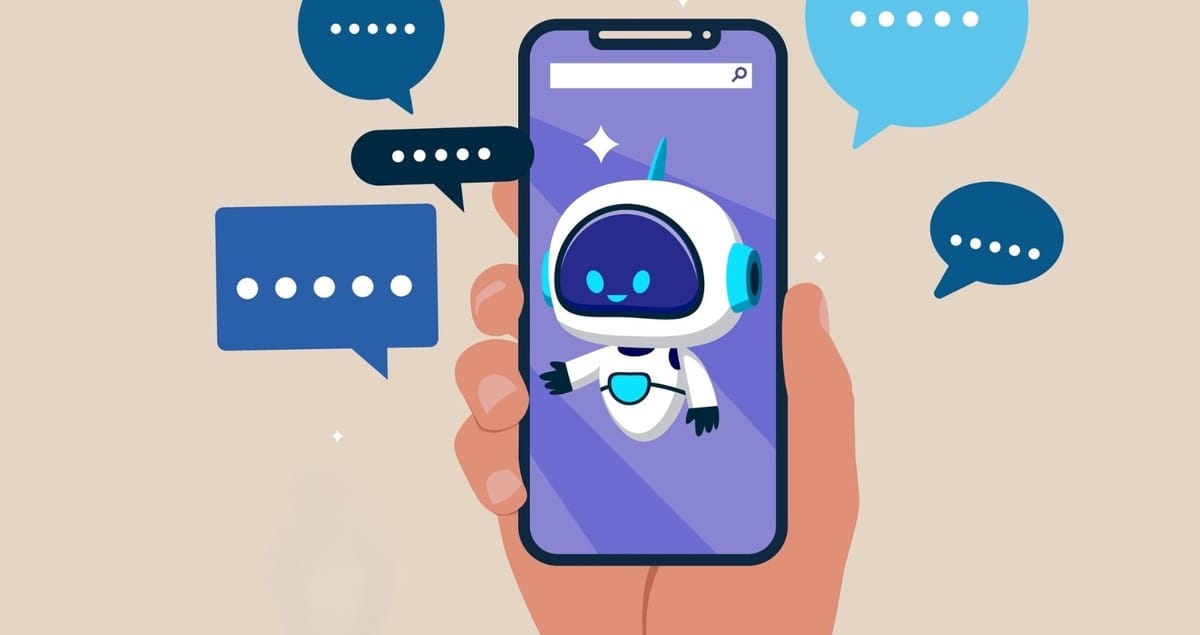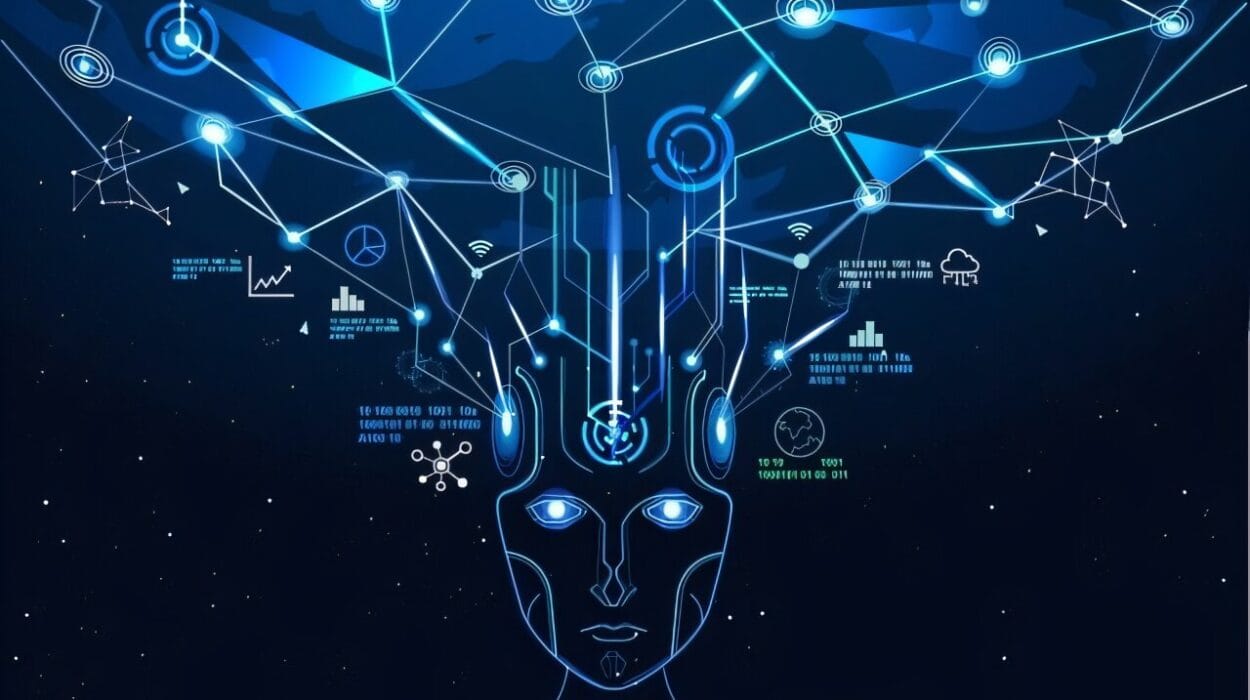We are living in an era where speaking to machines has become as normal as talking to another human being. The phrase “AI assistant” no longer evokes images of science fiction alone; it’s an everyday reality. Names like Siri, Alexa, and Google Assistant have embedded themselves into our daily lives, offering information, entertainment, help, and even a form of companionship. But what exactly is an AI assistant? How do they work, how have they evolved, and where are they headed next? To answer these questions, we need to dive into a fascinating blend of computer science, linguistics, psychology, and futuristic imagination.
AI assistants are not just glorified search engines or voice-controlled remotes. They represent the cutting edge of artificial intelligence—a field striving to build systems that understand, reason, and even empathize with humans. This article will take you deep into the world of AI assistants, from their humble beginnings to the dazzling possibilities of tomorrow.
What Is an AI Assistant?
An AI assistant is a software agent that performs tasks or services for an individual based on commands or questions. These assistants can use voice recognition, natural language processing (NLP), machine learning (ML), and sometimes even emotional intelligence to interact with users in an intuitive, conversational way.
Unlike traditional software that requires specific input (like clicking a button or typing a keyword), AI assistants aim to understand your intent. You can ask, “What’s the weather like today?” or “Book me a table for two at an Italian restaurant nearby,” and the AI figures out what you want and acts accordingly.
At their best, AI assistants anticipate needs, offer suggestions before you ask, and create seamless experiences across devices and platforms. They blur the lines between tool, helper, and even companion.
A Brief History of AI Assistants
The idea of an artificial companion is ancient, stretching back to mythologies featuring mechanical servants and talking statues. But practical development took off with the birth of computing.
Early “assistants” like Apple’s Knowledge Navigator (conceptualized in 1987) imagined a future where devices would understand and respond naturally to human commands. In reality, the technology was nowhere near ready.
The first digital assistants emerged in the 1990s. IBM’s Deep Blue could beat humans at chess, but it couldn’t hold a conversation. The first major breakthrough in AI interaction came with voice recognition improvements in the early 2000s.
In 2011, Apple introduced Siri with the iPhone 4S. Siri wasn’t just a voice interface; it tried to understand natural language and execute real tasks. Amazon followed in 2014 with Alexa and the Echo speaker, bringing the assistant into the heart of the home. Google, Microsoft, and Samsung soon launched their own AI-powered assistants.
Today’s assistants are deeply integrated into our phones, cars, smart homes, and workplaces. They’re powered by vast neural networks and oceans of data, evolving rapidly with every interaction.
The Technology Behind AI Assistants
What makes an AI assistant tick? It’s a potent combination of several cutting-edge technologies:
Voice Recognition
The first step is hearing you. Voice recognition software converts the sound waves of your speech into digital data. Early systems required training to understand a single user’s voice. Modern AI assistants use massive datasets to understand a wide range of accents, dialects, and speech patterns almost instantly.
Natural Language Processing (NLP)
Once your voice is converted to text, NLP comes into play. NLP is the branch of AI concerned with understanding, interpreting, and generating human language. It enables the assistant to parse grammar, identify key concepts, and detect nuances like urgency or emotion.
For example, “Can you tell me the weather?” and “What’s the forecast?” might be phrased differently but mean the same thing. NLP helps AI recognize this.
Machine Learning and Personalization
AI assistants get smarter the more you use them. Through machine learning, they learn your habits, preferences, and patterns. If you always ask for coffee shop locations in the morning or prefer indie music, your assistant will adjust its suggestions accordingly.
ML models also help assistants distinguish between different speakers (useful in shared environments) and adapt to evolving language usage over time.
Knowledge Graphs and Search Algorithms
Behind every quick answer is a massive web of interconnected information called a knowledge graph. AI assistants tap into these graphs to find the best, most relevant information. They also utilize traditional and AI-enhanced search algorithms to pull real-time data from the internet when needed.
Context Awareness
Modern assistants don’t just react; they understand context. If you ask, “What’s the weather?” while at work, it might give you a different report than if you’re at home. Some assistants even use visual context through camera inputs or location services to enhance their responses.
Meet the Giants: Siri, Alexa, Google Assistant, and Beyond
Each major tech company has its own vision for AI assistants. While they share many features, their approaches and ecosystems differ.
Siri: Apple’s First-Mover
Launched in 2011, Siri became a household name almost overnight. It introduced millions of users to the idea of speaking to their phones and getting useful results. Siri is tightly integrated with Apple’s ecosystem, helping users with calls, messages, reminders, music, smart home controls, and more.
Over the years, Siri has improved significantly, adopting machine learning models for better understanding and adding support for more languages and dialects. Still, some critics argue that Siri has lagged behind competitors in flexibility and third-party integrations.
Alexa: Amazon’s Home Companion
Amazon’s Alexa, introduced with the Echo smart speaker, was a game-changer. Unlike Siri, Alexa was designed from the ground up for the home, controlling lights, thermostats, and entertainment systems.
Alexa’s “Skills” system allowed third-party developers to create thousands of add-ons, from trivia games to fitness apps. This extensibility helped Alexa dominate the smart speaker market for several years.
Amazon also pioneered voice shopping, allowing users to order products through simple voice commands—an obvious fit for the world’s largest online retailer.
Google Assistant: The Know-It-All
Google Assistant, launched in 2016, leveraged Google’s massive expertise in search, data analysis, and AI to offer arguably the most intelligent and contextually aware assistant.
It can hold surprisingly human-like conversations thanks to features like Google Duplex, which can even make phone calls on your behalf. Google Assistant integrates across Android devices, smart displays, cars, TVs, and beyond, creating a seamless omnipresent experience.
Its deep integration with Google’s ecosystem (Maps, Calendar, Gmail, Photos) allows it to offer personalized and proactive assistance with unparalleled accuracy.
Other Players: Bixby, Cortana, and More
Samsung’s Bixby aimed to create a context-aware assistant deeply integrated with mobile devices and smart appliances. Despite innovative features like Vision (image recognition), Bixby struggled to gain widespread adoption.
Microsoft’s Cortana, initially launched with Windows Phone and Windows 10, has transitioned from a consumer assistant to an enterprise-focused productivity tool, integrating with Microsoft 365 services.
Meanwhile, specialized assistants like IBM’s Watson Assistant are being developed for industries like healthcare, finance, and customer service, showing that the future of AI assistants goes far beyond the home.
Challenges Faced by AI Assistants
While AI assistants are impressive, they’re far from perfect. They face a range of technical, ethical, and social challenges.
Understanding Complex or Ambiguous Queries
Human language is messy. Sarcasm, idioms, slang, and cultural references can easily trip up even the most advanced AI. Understanding context, resolving ambiguities, and maintaining long conversations are still huge challenges.
Privacy Concerns
AI assistants often require access to microphones, cameras, location data, and personal information to function optimally. This raises serious concerns about surveillance, data breaches, and misuse.
Notably, companies have faced backlash for revelations that snippets of user conversations were being reviewed by human contractors to improve AI accuracy.
Bias and Fairness
AI systems are only as unbiased as the data they’re trained on. If training data includes biased language or assumptions, the AI can inadvertently perpetuate stereotypes or discrimination.
Ensuring fair, ethical, and inclusive behavior from AI assistants is a major ongoing area of research and debate.
Dependence and Misinformation
As AI assistants become more embedded in daily life, there’s a risk that users may depend too heavily on them or accept their information uncritically. If an assistant provides incorrect or misleading information, the consequences could range from trivial to catastrophic.
The Future of AI Assistants
Where are AI assistants headed? The horizon is full of mind-bending possibilities.
Hyper-Personalization
Future AI assistants will know you better than you know yourself. By integrating data from your habits, preferences, health, mood, and environment, they’ll offer hyper-personalized recommendations and services.
Imagine an assistant that suggests the perfect workout, prepares your day’s schedule, orders groceries, adjusts your home’s lighting and temperature—all without you lifting a finger.
Emotional Intelligence
The next frontier is emotional AI. Assistants will not just understand what you say, but how you feel when you say it. By analyzing tone, facial expressions, and body language, future AIs will offer empathetic responses, comfort you during tough times, and even serve as mental health companions.
Multimodal Interactions
Voice will be just one mode among many. Future assistants will combine voice, text, images, gestures, and augmented reality to create richer, more natural interactions.
Imagine pointing at a broken appliance and asking, “How do I fix this?”—and having your assistant visually guide you through the repair.
Full Autonomy
Today’s assistants wait for you to ask. Future ones may act proactively. They’ll schedule appointments, renew prescriptions, buy gifts, or even negotiate contracts—based on learned preferences and predictive algorithms.
The line between assistant and agent will blur, giving rise to AI that acts almost like a personal manager.
Integration into Society
AI assistants will not just be personal; they will shape businesses, governments, and communities. They’ll assist doctors in surgeries, advise judges in courts, support teachers in classrooms, and help first responders in emergencies.
As they take on more critical roles, ensuring their reliability, transparency, and ethics will be more important than ever.
Conclusion: Companions of the Future
AI assistants are no longer just futuristic novelties; they are evolving into indispensable companions. From the early days of Siri’s stilted jokes to the sophisticated conversational engines of today, we’ve come a long way—and the journey is only accelerating.
These assistants promise a world where information, services, and entertainment are always within reach, personalized to each individual’s needs and emotions. But with great power comes great responsibility. Navigating the challenges of privacy, bias, misinformation, and dependence will require wisdom and vigilance.
Ultimately, AI assistants are mirrors of ourselves—our ingenuity, our dreams, and our flaws. They are tools we shape, but they will also shape us in return. As we look toward a future filled with digital companions, one thing is certain: the age of talking machines has only just begun.
And who knows? In a few years, you might not just talk to your AI assistant—you might trust it, rely on it, even befriend it.
The adventure is only beginning.






